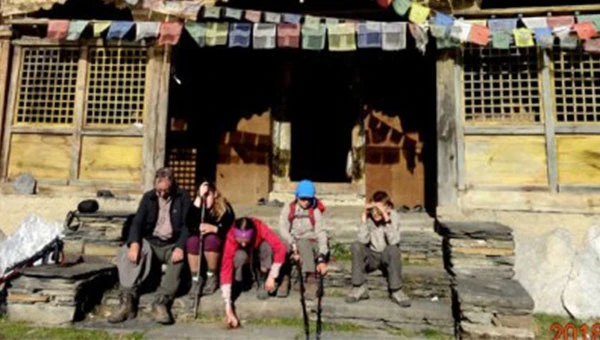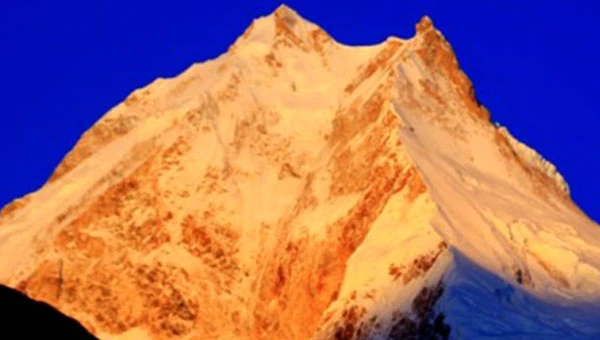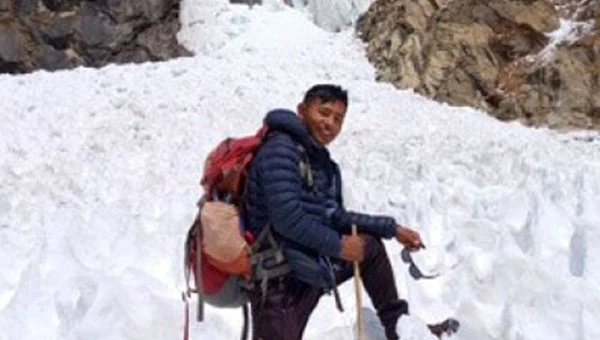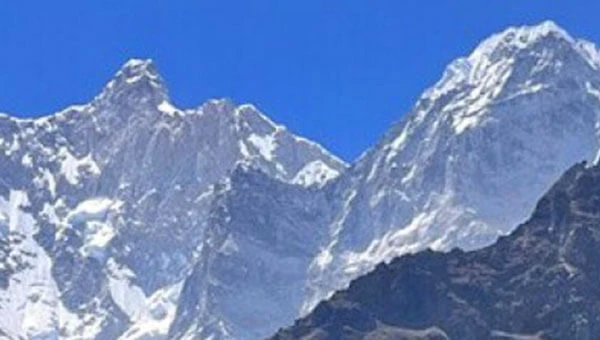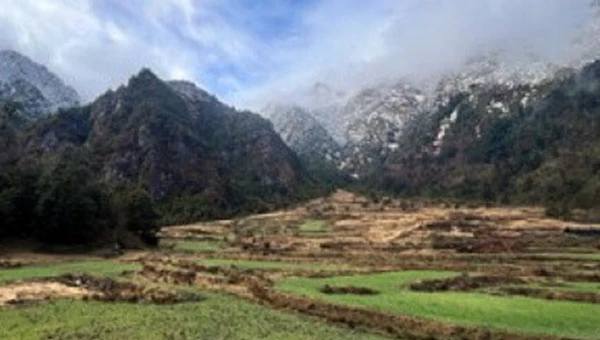Kagbeni lies on the bank of Kali Gandaki river surrounded by the Himalayas and barren hills of different shades: pink, purple, brown, and grey which pleases every traveler and trekker. Kagbeni is located in the Mustang District, Gandaki province of western Nepal. Kagbeni serves two purposes: religious offering and satisfying nature lover travelers and trekkers. Being a small village, it has its own huge popularity and stardom throughout the globe because of its natural beauty, landscape, culture, and tradition.
Kagbeni Village Mustang
Kagbeni Village
Kagbeni is something spectacularly and dauntlessly beautiful that you should not miss. At 2,800 meters above sea level, Kagbeni is a treasure of a village. Without a special permit, foreign visitors aren’t allowed to venture much beyond Kagbeni.
Kagbeni lies north of the Dhaulagiri and Annapurna mountains. You can trek, bike ride, or have a jeep ride to this legendary fortress. Despite an excessive of visitors of Annapurna Circuit Trek, travelers making way to Upper Mustang, hikers from the Thorong La Pass, and pilgrims stopping in on their way back from Muktinath, the culture of Kagbeni is persevered and maintained the authenticity.
Kagbeni is steeped in Tibetan influence decorated by Chortens, prayer wheels, and colorful prayer flag flapping in the wind. The red monastery is the most noticeable in the village. Homes are closely built with windswept paths mirroring the landscape. The farmland of buckwheat, barley, and grains add beauty to the outer edges of Kagbeni.
Kagbeni gives a breathtaking lookout point facing towards Lo Manthang and the lands of Upper Mustang which is remarkably beautiful. It is sensational to be in a place where rivers and land converge with so much visible history and stories giving a lifetime experience to travelers.
Tale of Kagbeni
Kagbeni rests at the bottom of the Muktinath area which was scattered abandoned settlements and fields. There is no clue about its abandonment. However, legend conveyed that Kagbeni was founded when two of the villages were destroyed by the Loch Ness Monster, the head of a lion, and a body of a serpent. The surviving villagers came together and founded a new village, which is modern-day Kagbeni.
History of Kagbeni
is believed to be the part of the kingdom that ruled over Muktinath. As you explore the cobbled streets, you can imagine what Kagbeni used to be with a fortress of the kingdom, whose capital lied north at Lo Manthang. The ruler of Muktinath Valley built a fortress at Kagbeni for its geographically favorable position. The four legs of trade routes met at Kagbeni which is feasible to collect taxes from all those entering the kingdom.
Likewise, in ancient time was an important center of trade for Tibetans and Indians. Kagbeni was the village of Salt Trade Route between the two countries. Thousands of caravans used to come down from Tibetan plains and met the merchants from the plains of India with their merchandise and goats.
For the majority of its history, Mustang was an independent kingdom that was closely tied in language and culture with Tibet. It was a center for trade and Buddhist scholarship and art.
Red Monastery of Kagbeni
Kagbeni holds the century-old monastery and values. The Red Monastery which is locally named Kag Chode Thupten Samphel Ling Monastery is the most famous landmark of Kagbeni which was built around 1400. The surrounding of Kagbeni and the beauty of the Red Monastery complement each other. Built at the confluence of two rivers, which Buddhism signifies a holy place, Red Monastery looks colorful, desolate, and calm just like the rest of Kagbeni.
The Red Monastery of Kagbeni has sculptures of Buddha and friendly monks accompanied by a tranquil environment. You can relax and spent the time observing the authentic Tibetan Buddhism looks and sounds. Every day in the morning, you can hear the musical tune that came from the Red Monastery of Kagbeni as a sign of goodness. Photography is strictly prohibited at Red Monastery.
How to Visit Kagbeni?
To visit Kagbeni there are three different ways:
- Trek to Kagbeni
- The motorbike ride to Kagbeni
- Jeep Ride to Kagbeni
- Fly From Pokhara to Jomsom and Trek or Drive to Kagbeni
Nepal Adventure Team arranges all three ways to reach Kagbeni. For more details, contact us.
Do you need a Permit to go to Kagbeni?
You need to get ACAP (Annapurna Conservation Area Permit) to visit Kagbeni as Kagbeni comes in the territory of the Annapurna Conservation Area.
If you are trekking to Kagbeni, you also need TIMS (Trekkers’ Information Management System), Card.
Nepal Adventure Team arranges all the permits and necessary documents for their clients to visit the Kagbeni and Mustang district.
What is the Best Season to visit Kagbeni?
Kagbeni is located in Mustang district. Kagbeni is opened for an entire year with the constant view of colorful barren hills and ever-flowing Kali Gandaki river.
Mostly, September-December gives a vivid view of high snowcapped mountains with not so cold weather. Even after December travelers get a crystal clear view of mountains but the excessive snowfall won’t make the traveling easier until March-April.
Though the Kagbeni area is dry and there occurs no/less rainfall, the roads and trails to Mustang reason get spoiled due to rain during June- August.
Therefore, travelers prefer to travel during September-December and March –April, and these are regarded to be peak season making all the hotels booked and area crowded.
10 Reasons to Visit Kagbeni
- Kagbeni is a famous religious site for Hindu pilgrims.
- Kagbeni stands as the border between Lower and Upper Mustang and also known as the Gateway to Upper Mustang. Looking at North from Kagbeni, you see the beginning of majestic Upper Mustang.
- Annapurna Circuit Trek passes through Kagbeni.
- A very less-traveled route from Kagbeni leads to the Upper Dolpo region.
- Buddhism remains a fundamental part of the culture in Kagbeni. Each morning, a relaxing hum of prayer fills the town and the entrance of the Kagbeni greets visitors with prayer wheels and small stupas.
- Despite drastic changes in political, social, and economic structure, the Mustang region today represents one of the most significant refuges for Tibetan religion and culture.
- Kagbeni has a series of caves of prehistoric times. Today, these caves are used as temples and places for meditation.
- One can find marine fossils or Shaligram. In Hinduism, Shaligram is considered to be a form of the god Vishnu.
- The wide valley of Kagbeni is not carved by the Kali Gandaki River rather it is a block of land that has moved downwards over the years, and the river has followed.
- The medieval look still prevails with traditional mud houses adorned with colorful prayer flags along a small dark alley with stony pavements and Chortens.
Things to Do at Kagbeni
- Go for fossil, Shaligram, hunting. Shaligram is a round shell-like fossil which is considered to be holy reminders of the Hindu god Vishnu.
- Visit Red Monastery and learn about Tibetan worship ceremonies and practices.
- Witness Tibetan artifacts and culture.
- Capture pictures of varied landscapes, colorful barren land, culture, lifestyle.
- Try meditation in sky caves
- Relate the historic stories with present Kagbeni
- Enjoy the fresh local apple products: brandy, wine, jam, juice, pie
- Observe the Hindu ceremonies carried by Hindu pilgrims
- Discover the blend of Hindu and Buddhists cohesiveness
- Meet the travelers around the world traveling to Upper Mustang, Muktinath, Jomsom, Annapurna Circuit Trek.
Nepal Adventure Team operates various tour and trek leading to Kagbeni. You can check our packages as Upper Mustang Motorbike Tour, Upper Mustang Trek, Upper Mustang jeep Ride Tour, Jeep Safari to Mustang-Muktinath, Muktinath Darshan Pilgrimage Tour, Upper Mustang Tiji Festival Trek, Tiji Festival Jeep Ride Tour.

